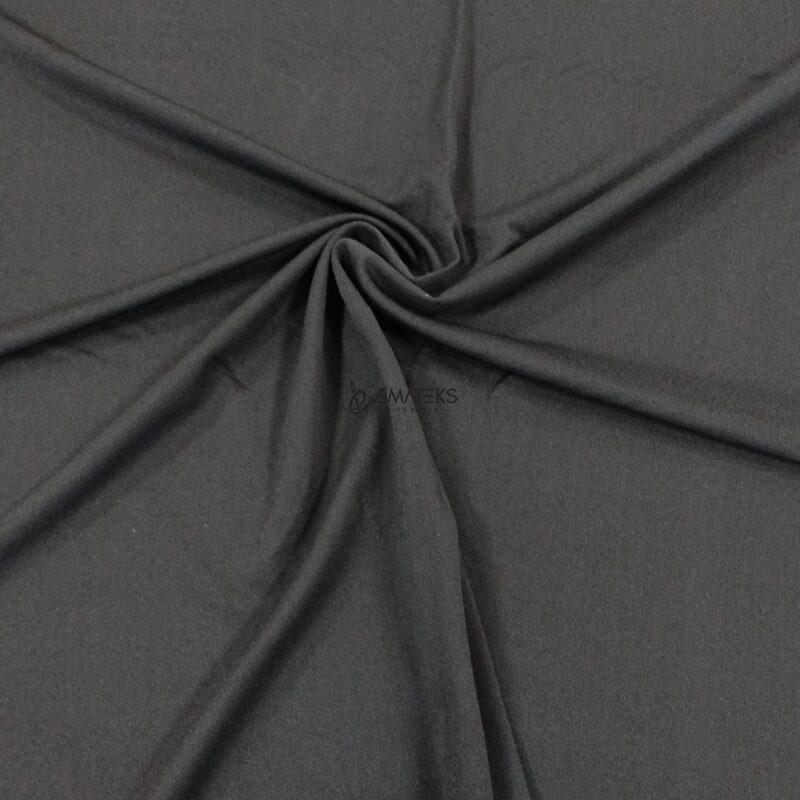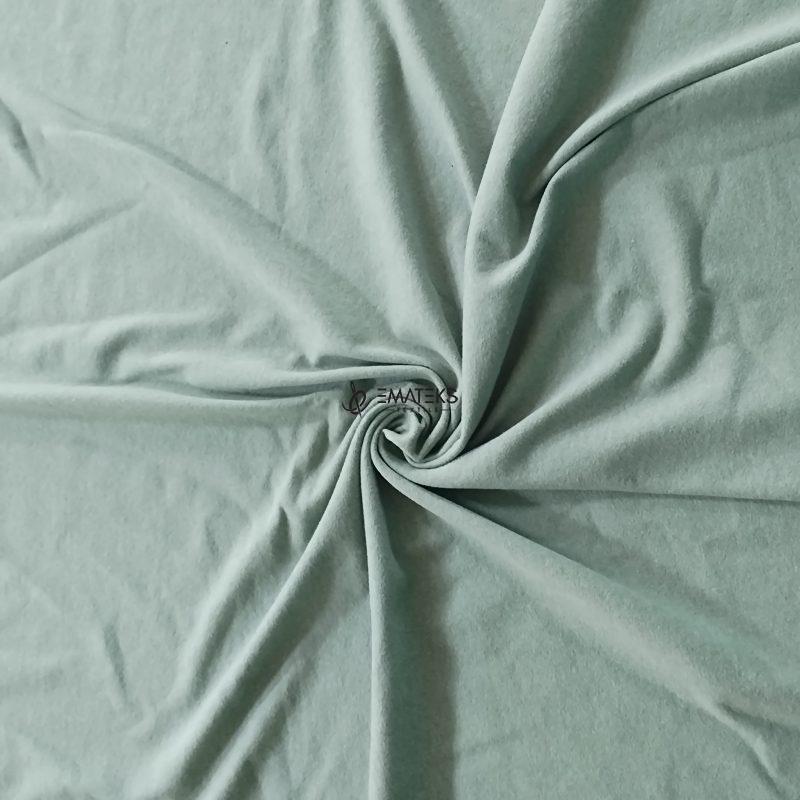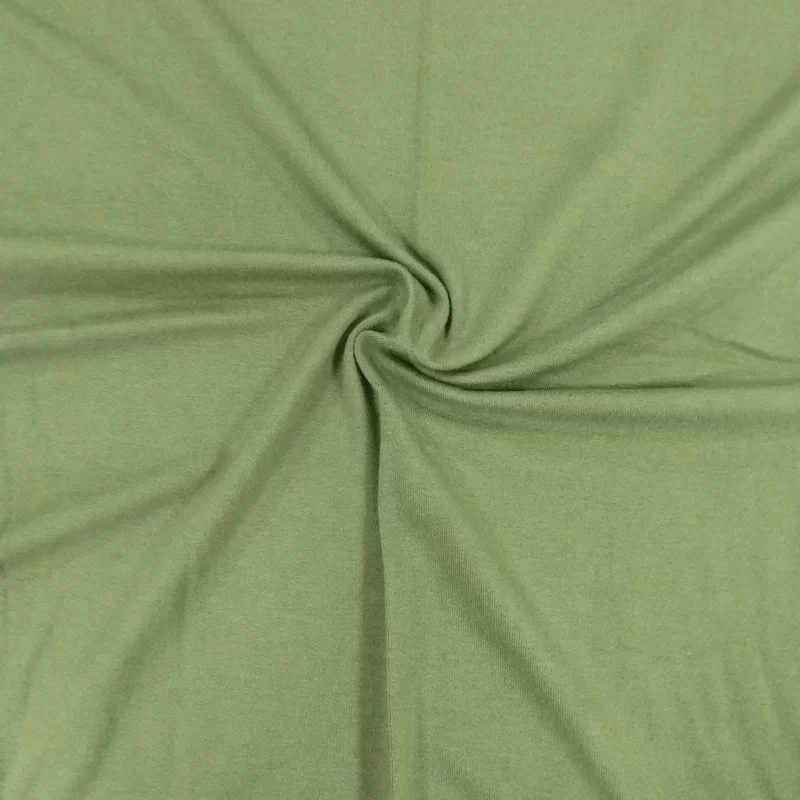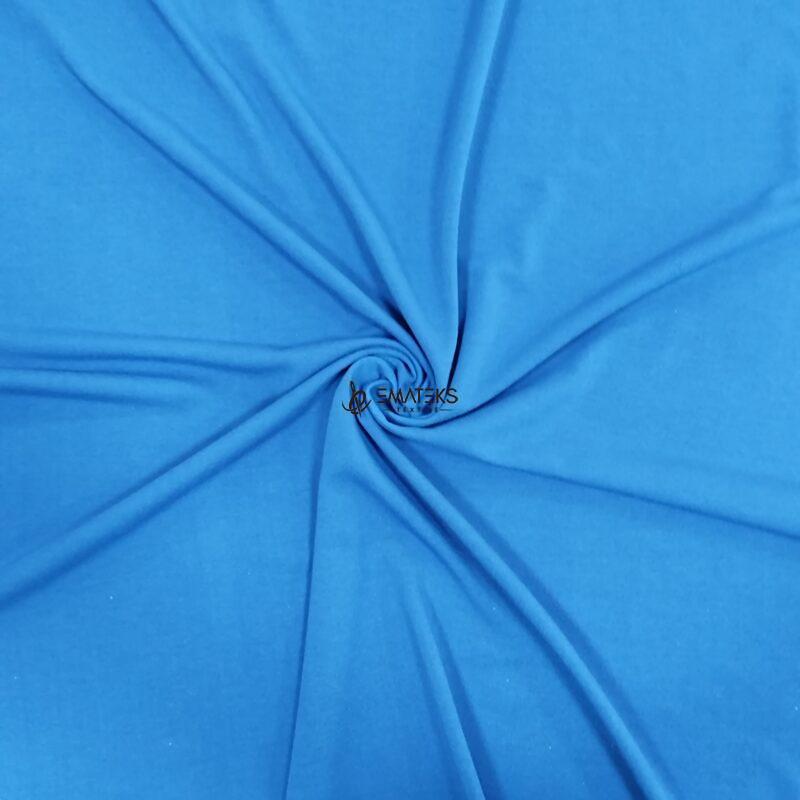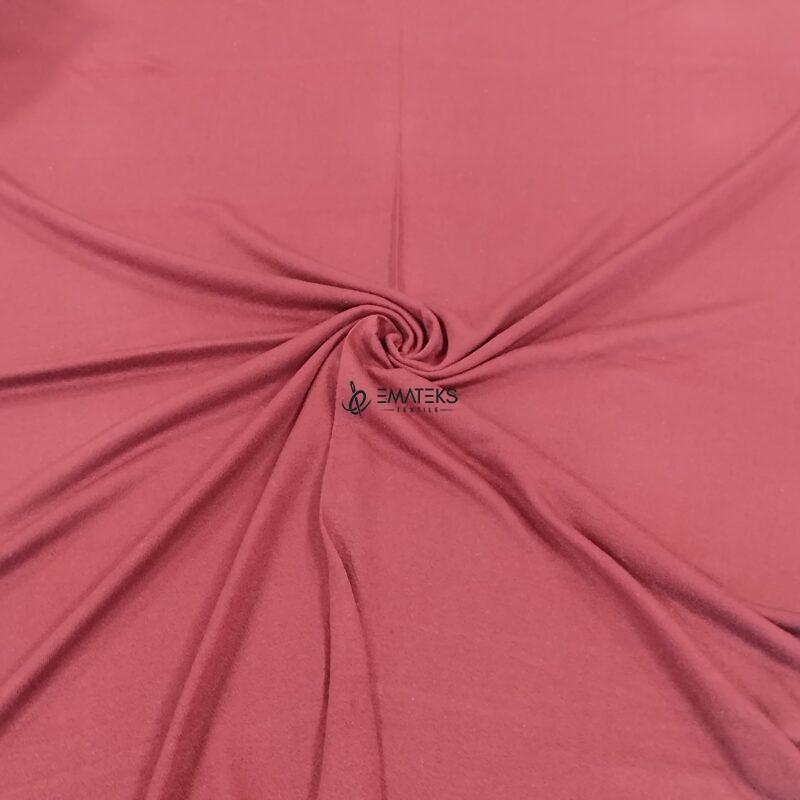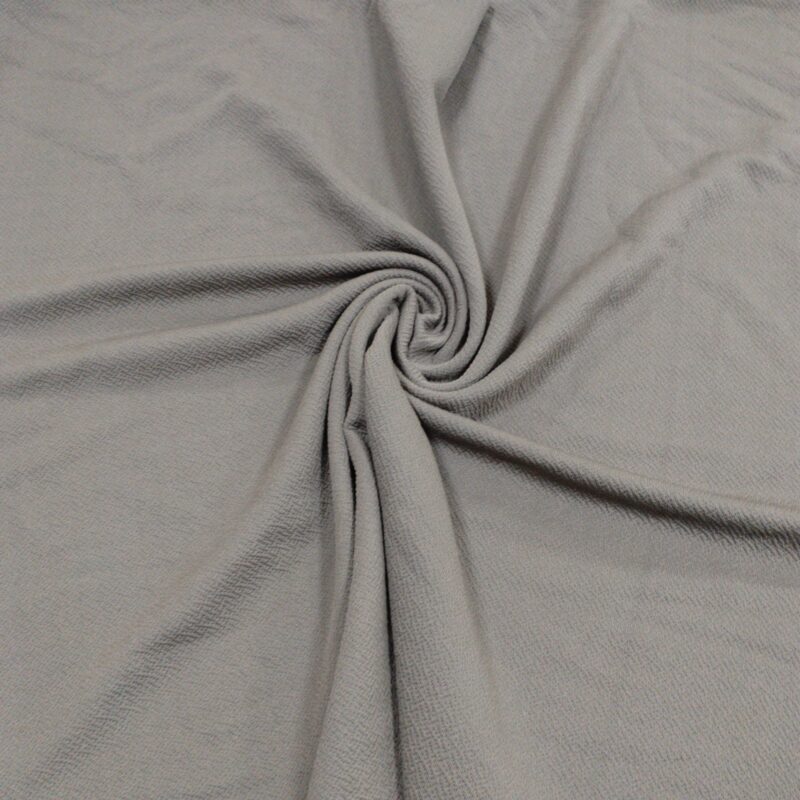Crepe
There are many different types of fabrics used in everyday wear, and one of them is crepe fabric. It is a versatile fabric that attracts attention with its appearance and features. This fabric is widely used in both formal clothing and accessories. It is a fabric that can be produced from all kinds of natural and synthetic fibers. It takes its name from the shape of weaving, not the fiber it is used for. This fabric is obtained with a unique weaving technique and a slightly rough structure. There are many different types of these fabrics such as georgette, charmeuse, wool, polyester versions, and crepe de chine. What this fabric is, its features, and where it is used are summarized as follows.
What Is Crepe Fabric?
This fabric is a type of fabric obtained from all kinds of natural and synthetic fibers, especially silk and wool. This type of fabric has a wrinkled and bumpy look. The fibers used to achieve this appearance are tightly twisted before taking the fabric form. In this way, it takes the form of an iron-free structure and provides ease of use. This fabric also has a wide range of uses. It is preferred in many clothing products and accessories, from evening dresses to shawls. It is a very popular choice with the dynamic appearance given by its wrinkled structure.
Crepe Fabric Characteristics
This fabric is a unique fabric with both appearance and features. These features can be summarized as follows.
- This fabric has an elegant look. Therefore, it has become a preferred fabric in official and private invitations. It provides a stylish look in both clothes and accessories due to its slim and draped structure.
- Through its light fabric and breathable structure, it is suitable for use in the summer.
- It is thin as a structure and does not create a feeling of weight in the body. Therefore, it is not successful in maintaining heat, it is not a clothing product suitable for use in winter.
How is Crepe Fabric Produced?
Materials that play an active role in the production of this fabric are natural fibers like cotton, wool, and silk. However, the process that gives crepe wrinkles and unique appearance is weaving rather than the primary material selected. Textile fibers used in production are bent more tightly than normal. This bending process is called hard twisting. In addition, the S and Z twisting technique is used to achieve a wrinkled and embossed appearance. This technique is also known as right and left twist, and this appearance can be obtained without noticing the primary material used. After this fabric is obtained in this way, it becomes suitable for painting and the fabric is given its final shape.
How to Use Crepe Fabric?
According to the main material used, the use area of this fabric can be very diverse. Although it is usually a fabric that is suitable for everyday wear, it is also often used in the production of fancy dresses. This fabric is also used in accessories such as scarves. In addition, it is used in home textiles such as curtains and pillows and gives the house a sophisticated look. This fabric produced by synthetic fiber is not heat resistant, so the area of use often stands out as daily clothing. Natural fibers such as wool provide the possibility of use suitable for all seasons and areas with their durable structure.
Production Costs of Crepe Fabric
The cost of this fabric is determined by the main material used in production. Fabrics produced by natural fibers such as silk and wool are more expensive in price, but the cost is less if synthetic fibers are used in production. In addition, the production cost is determined by the painting materials, the chemicals to be used and the textile product to be produced.
What are the Types of Crepe Fabric?
There are many different types of this fabrics according to the type of fiber used in production and the weaving method. Some of these varieties are as follows.
- Crepe de chine is a fabric type in which silk is used as a fiber. This fabric does not have a wrinkled appearance seen in normal versions of this fabric, instead, it has a matte and slightly rough surface. The affordable alternative that gives a similar appearance and feel is the polyester crepe de chine fabric, as its cost is a bit expensive.
- Wool version of this fabric is a fabric in which wool is used as a fiber. It has a rough and thin surface as a view and is highly resistant to wrinkles. It is mostly used in clothing products such as suits and pants.
- The Georgette version is a type of this fabric produced either from silk or syntetic pectin. It has a soft, light, and smooth structure. It is generally preferred in making clothes due to its elastic and fine structure.
- Canton version is a type of this fabric produced with silk from the Canton state of China. From the outside, it has a similar look to the original version, but it is a heavier fabric.
- Charmeuse is a fabric produced by touch through twisted threads. Charmeuse, which looks like satin as a view, also has a reflective texture.
- Pleated version of this fabric is a type of fabric produced mostly with cotton. Many chemical processes are made for a wavy look in this type of fabric. The result is a buckle fabric that does not require ironing.
As can be seen, this fabric is a versatile fabric that can be used in many different ways. See the difference by trying this fabric right away!

